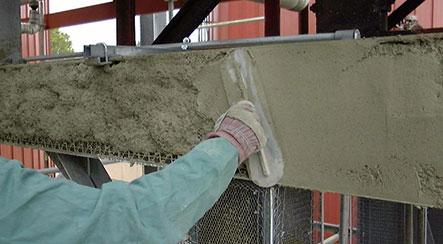In the realm of thermal management, the quest for effective heat insulation has always been a paramount concern. Whether it's for industrial applications, building construction, or even everyday household items, understanding the key attributes that make a material an exceptional insulator of heat is crucial. In this article, we delve into the depths of heat insulation, exploring the fundamental characteristics that distinguish a good insulator from the rest. Join us on this journey as we uncover the secrets behind superior heat insulation.
- Thermal Conductivity: The Foundation of Insulation
At the core of heat insulation lies the concept of thermal conductivity. A good insulator of heat possesses low thermal conductivity, meaning it restricts the transfer of heat energy. Materials with high thermal conductivity, such as metals, readily conduct heat and are unsuitable for insulation purposes. On the other hand, materials like ceramics, glass, and certain polymers exhibit low thermal conductivity, making them excellent choices for insulation. - The Power of Air: Trapped for Optimal Insulation
One of the key factors that contribute to effective heat insulation is the presence of trapped air. Air, being a poor conductor of heat, acts as a barrier to heat transfer. Insulating materials often incorporate air pockets or utilize porous structures to maximize the amount of trapped air. This trapped air creates a thermal barrier, impeding the movement of heat and enhancing the insulation properties of the material. - Density Matters: The Role of Material Structure
The density of an insulating material plays a significant role in its ability to resist heat transfer. Low-density materials, such as foams and aerogels, possess a high number of air pockets, resulting in excellent insulation capabilities. These materials offer a combination of low thermal conductivity and a large surface area, making them highly effective at impeding heat flow. - Reflecting Heat: Radiant Barriers in Insulation
In addition to restricting conductive heat transfer, a good insulator should also address radiant heat. Radiant barriers are materials that reflect heat radiation, preventing it from entering or escaping a space. Reflective foils, metalized films, and specially coated surfaces are commonly used as radiant barriers in insulation systems. By reflecting radiant heat, these barriers complement the insulation's overall effectiveness. - Moisture Resistance: Preserving Insulation Performance
Moisture can significantly impact the thermal properties of insulation materials. A good insulator should possess moisture resistance to maintain its performance over time. Moisture can reduce the trapped air pockets, increase thermal conductivity, and promote heat transfer. Insulation materials with moisture-resistant properties, such as closed-cell foams or hydrophobic coatings, ensure long-term insulation efficiency.
Conclusion:
Achieving optimal heat insulation requires a combination of factors, including low thermal conductivity, trapped air, appropriate material density, radiant barriers, and moisture resistance. By understanding these key attributes, we can make informed choices when selecting insulating materials for various applications. Whether it's conserving energy, improving thermal comfort, or enhancing industrial processes, the quest for superior heat insulation continues to drive innovation and shape the future of numerous industries.

